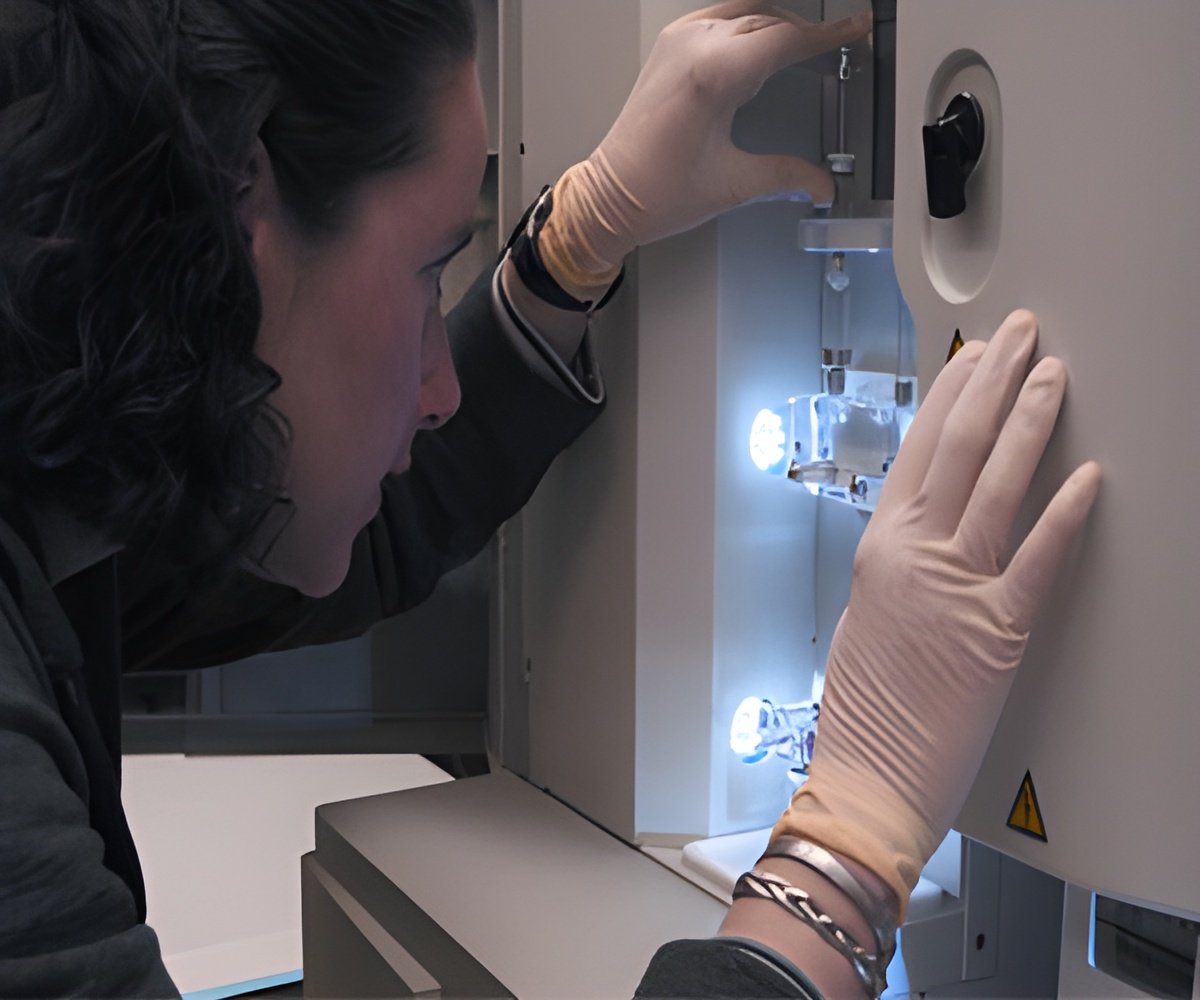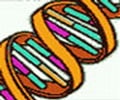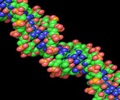
Extracting information from the DNA means deciding how much to sequence: sequencing too little and you may not get the answers you are looking for, but sequence too much and you will waste both time and money. That expensive gamble is a big part of what keeps DNA sequencing out of the hands of clinicians. But not for long, according to Smith.
"It seems likely that some clinical applications of DNA sequencing will become routine in the next five to 10 years," Smith said. "For example, diagnostic sequencing to understand the properties of a tumor will be much more effective if the right mathematical methods are in place."
The beauty of Smith and Daley's algorithm, which predicts the size and composition of an unseen population based on a small sample, lies in its broad applicability.
"This is one of those great instances where a specific challenge in our research led us to uncover a powerful algorithm that has surprisingly broad applications," Smith said.
Think of it: how often do scientists need to predict what they haven't seen based on what they have? Public health officials could use the algorithm to estimate the population of HIV positive individuals; astronomers could use it to determine how many exoplanets exist in our galaxy based on the ones they have already discovered; and biologists could use it to estimate the diversity of antibodies in an individual.
Advertisement
In this way scientists can estimate, for example, the number of gorillas remaining in the wild. In DNA sequencing, the individuals are the various different genomic molecules in a sample. However, the mathematical models used for counting gorillas don't work on the scale of DNA sequencing.
Advertisement
Scientists faced a similar problem in the early days of the human genome sequencing project. A mathematical solution was provided by Michael Waterman of USC, in 1988, which found widespread use. Recent advances in sequencing technology, however, require thinking differently about the mathematical properties of DNA sequencing data.
"Huge data sets required a novel approach. I'm very please it was developed here at USC," said Waterman.
Source-Eurekalert













